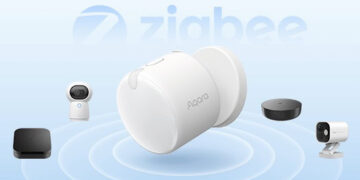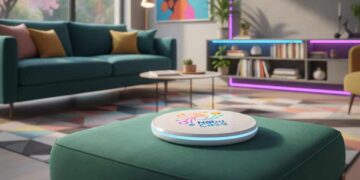Anthony Smith, Senior Product Marketing Manager, Microsoft
Briton Zurcher, Senior Program Manager Lead, Microsoft
Microsoft has had roaming profiles for over a decade, but in today’s world they are no longer adequate and come with a lot of headaches. Microsoft UE-V (User Environment Virtualization) transforms the roaming profile into a sleak user virtualization solution that allows IT to selective roam specific settings between machines, operating systems, and in realtime. No longer do you need to log off a computer to synchronize profile settings back to a server. No longer are you limited to only roaming between the same flavor of OS. No longer do logons download 100MB of profile junk.
UE-V operates on demand and at application runtime, and supports Windows 7, Windows 8, Server 2008 R2, and Server 2012. Think of it as AppSense lite (very lite), but similar in nature, but included free in the Microsoft MDOP package. No server side infrastructure is required, like a database, except a simple file share like a user’s existing home directory. Release date was not disclosed, but I suspect it will be later this year as beta 1 is now out, and beta 2 due by the end of June 2012. Although it is fairly bare bones, it looks like a good free solution to help lessen the pain of roaming profiles. If you need an industrial strength solution, then third-party solutions like AppSense could be an option as well.
Session summary:
- UEV (User Environment Virtualization) Beta 2 will be available by the end of June 2012
- Why? Unique workstyles, desktop virtualization, more mobile, multiple devices
- Roaming for flexible workstyles – Do not need to logon/logoff to roam settings between machines
- UEV benefits: Roam app experience regardless of deployment method, and just target the apps you want to roam. OS experience roams between versions (Win7, Win8, Server 2012, etc.), very little infrastructure required, integrates with desktop virtualization products (App-V, etc.)
- Change the device but keep the experience, enable a personal experience across many devices
- EUV Capabilities
- No longer reconfigure the OS and applications on each device
- Works across physical and virtual deployment methods
- Roam settings between Windows 7 and Windows 8 in beta 2, and Server 2008 R2 and WS 2012 remote app servers
- Operates in offline mode when disconnected
- This does NOT roam the user data – Use folder redirection for that
- Smart policies determine experience synchronization
- Only loads desktop experience at logon
- Application experience loads on demand at app open time
- When you close out the app, it synchronizes back to the central server
- Settings that affect login times are not enabled by default (typically subsecond delay) but you can easily enable this feature
- Last writer wins in case of collisions, but happens at the OS or application level, not all at once like existing roaming profiles
- Works with traditional applications, App-V and remote app
- Simple and Versatile: Choice in what to roam
- Settings location templates capture on a per-application basis using settings location templates
- Templates are XML-formatted
- How to obtain them: default provided, IT created, community shared
- Beta 1: In-box templates: Office 2010, IE9, IE10, Windows accessories, themes, ease of access settings
- Beta 2: IE8, desktop settings (start menu), taskbar, folder options, region/language
- Some browser settings roam between settings (bookmarks, home page)
- IT can choose to span roaming settings between app versions if the app supports it
- Can roam between 32-bit and 64-bit, if they are compatible
- Office settings will not roam between 32-bit and 64-bit Office installs (separate settings for each flavor)
- UE-V Generator will autodetect settings that it assumes should roam
- Only roams settings in HKCU and setting/configuration files
- Can specify specific files to roam or use wildcards as well
- Group policy will override UE-V settings if there is a conflict
- Community shared templates
- Check out the UE-V TechNet Gallery for community templates
- Generator automatically detects registry keys and file locations and you can add/remove others as needed
- ADMX template for GPO control will be available in Beta 2
- End point must have access to the XML files to update their template stores. A scheduled task is configured and can be pointed to a file share or local directory
- PowerShell cmdlets to reload and list available templates (get-uvtemplate). No GUI to re-load templates.
- Advanced Template Functions – Manually change XML template for now
- Registry and file Exclusions
- Suited Application/Common settings support
- Multiple processes
- Spanning versions (up to 4)
- Architecture separation (32-bit or 64-bit)
- ShellProcess Designation
- File and registry paths based on known folders, registry values
- Rollback Settings
- Per application per machine IT can get the user experience back to when UE-V first saw that application.
- No snapshot or history preserved, except the state of the very first application launch
- Could possibly leverage VSS snapshots or backup software to restore interim states. Not officially supported, but should work as the data is simply compressed binary files.
- Integrated and scalable architecture that requires almost no server infrastructure beyond a file share
- Agent will store settings in a user’s home directory, hide it and set appropriate permissions
- May support ThinApp, they are doing validation checks




